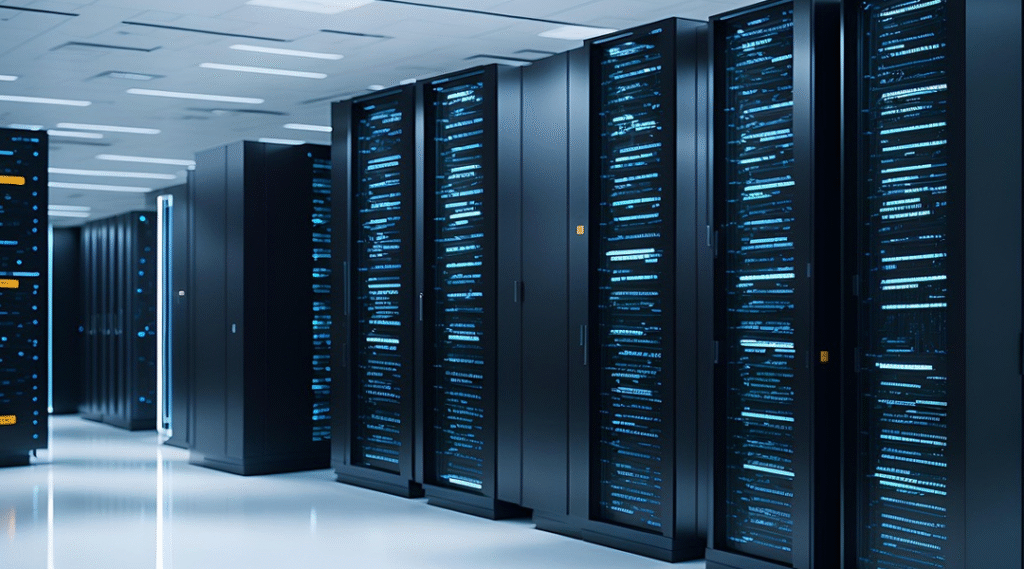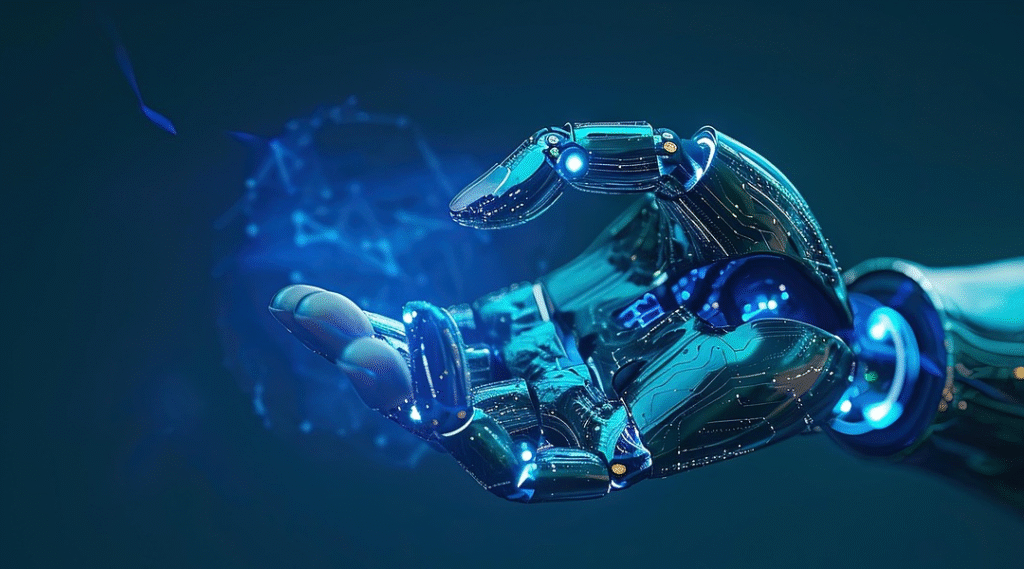Artificial intelligence (AI) is revolutionizing industries across the board, but perhaps nowhere is its impact more transformative than in the realm of data centers. As the digital backbone of modern society, data centers are tasked with storing, processing, and managing ever-growing volumes of information. Traditional approaches to cooling, power management, and workload distribution are straining under the weight of new demands. AI-driven technologies and sophisticated algorithms offer a pathway to more efficient, resilient, and scalable facilities—ushering in a new era of intelligent infrastructure.
Optimizing Energy Efficiency and Cooling
One of the most pressing challenges for data centers is energy consumption. Cooling systems, which keep servers operating within safe temperature ranges, can account for up to 40% of a facility’s total power usage. AI algorithms—particularly those leveraging machine learning—are now being deployed to predict thermal patterns and dynamically adjust cooling parameters in real time. By analyzing sensor data across racks and aisles, AI systems can anticipate hotspots before they form, directing airflow exactly where it’s needed and reducing unnecessary fan speeds. The result is lower power usage effectiveness (PUE) ratios, translating into significant cost savings and reduced carbon footprints.
For example, AI-driven control loops can learn from historical temperature, humidity, and workload metrics to fine-tune chiller setpoints. Over time, the system develops an understanding of how external weather patterns and internal processing loads interact. This predictive capability prevents overcooling during low-demand periods and ensures rapid response during sudden spikes in processing, striking a balance between energy conservation and performance reliability.
Intelligent Workload Management
As organizations shift to hybrid and multi-cloud architectures, data center workloads become increasingly complex. AI and advanced scheduling algorithms are essential for orchestrating these distributed environments. By continuously monitoring server utilization, network latency, and storage I/O, AI platforms can make real-time decisions about where to place virtual machines and containers for optimal performance.
These intelligent schedulers factor in not just compute availability but also energy costs, geographical regulations, and even real-time renewable energy supply. For instance, when solar or wind generation peaks in a particular region, AI can shift non-urgent compute tasks to those data centers, harnessing green energy and lowering operational expenses. In high-performance computing (HPC) and AI training clusters, algorithms optimize GPU and TPU allocations to minimize idle times and accelerate model training cycles—delivering faster insights at lower overall infrastructure costs.
Predictive Maintenance and Fault Management
Downtime events in data centers can be catastrophic, leading to lost revenue and reputational damage. Traditional maintenance schedules—based on fixed intervals—often either under-serve critical components or lead to unnecessary servicing. Predictive maintenance powered by AI transforms this paradigm. By ingesting telemetry from UPS systems, power distribution units, cooling pumps, and disk drives, machine learning models can detect subtle anomalies that precede failures.
When patterns associated with motor wear, voltage irregularities, or coil degradation emerge, the system automatically generates maintenance tickets, prioritizing interventions before any outage occurs. This shift from reactive to proactive maintenance improves overall equipment availability, extends component lifespan, and lowers long-term operational expenses. Moreover, deep learning–based anomaly detection can evolve as equipment ages or as data center layouts change, ensuring that the predictive models remain accurate over time.
Automated Infrastructure Provisioning
Modern data centers must support rapid deployment of applications and services. AI-driven infrastructure as code (IaC) tools are enabling fully automated provisioning, reducing manual configuration errors and speeding up time to market. Natural language processing (NLP) interfaces allow engineers to describe desired environments—such as “high-availability Kubernetes cluster for video transcoding”—and have the system automatically select appropriate server classes, network topologies, and storage tiers.
Behind the scenes, reinforcement learning agents explore thousands of provisioning permutations, learning which configurations deliver the best performance under different workloads. Over successive deployments, the agent refines its strategies, shortening setup times from days to hours or even minutes. This level of automation frees IT teams to focus on higher-value tasks like application optimization, security hardening, and capacity planning.
The Rise of Edge Data Centers and AI at the Edge
As 5G, IoT, and real-time analytics demand ever-lower latencies, the data center landscape is decentralizing. Edge facilities—smaller, geographically dispersed sites—bring compute closer to users and devices. AI plays a pivotal role here, too. Lightweight neural networks embedded in edge nodes can manage local caching, dynamically route traffic, and even perform initial data preprocessing, reducing the load on core data centers and consumer devices alike.
In this distributed model, federated learning algorithms enable edge sites to collaboratively improve AI models without sharing raw data, preserving privacy and reducing bandwidth consumption. The synergy between AI and edge computing is unlocking new use cases in autonomous vehicles, remote healthcare, and industrial automation.
A Smarter, Greener, and More Resilient Future
AI technologies and algorithms are no longer optional add-ons for data centers—they are integral to meeting the demands of a digital, data-driven world. From cutting energy consumption through intelligent cooling to automating complex infrastructure tasks and predicting equipment failures before they occur, AI is reshaping every layer of data center operations.
As organizations strive for sustainability, performance, and agility, the marriage of AI and data centers will only deepen. The facilities of tomorrow will not only store and process data; they will learn from it, adapt to changing conditions, and continuously optimize themselves—ensuring that human ingenuity remains at the heart of our connected world.
More you may like:
The Technologies Behind Smart Traffic: From IoT to AI
How AI and Big Data Are Revolutionizing Traffic Management
Charting the Race: Which Country Will Lead the AI Market in the Coming Decade?
As for in-depth insight articles about AI tech, please visit our AI Tech Category here.
As for in-depth insight articles about Auto Tech, please visit our Auto Tech Category here.
As for in-depth insight articles about Smart IoT, please visit our Smart IoT Category here.
As for in-depth insight articles about Energy, please visit our Energy Category here.
If you want to save time for high-quality reading, please visit our Editors’ Pick here.



